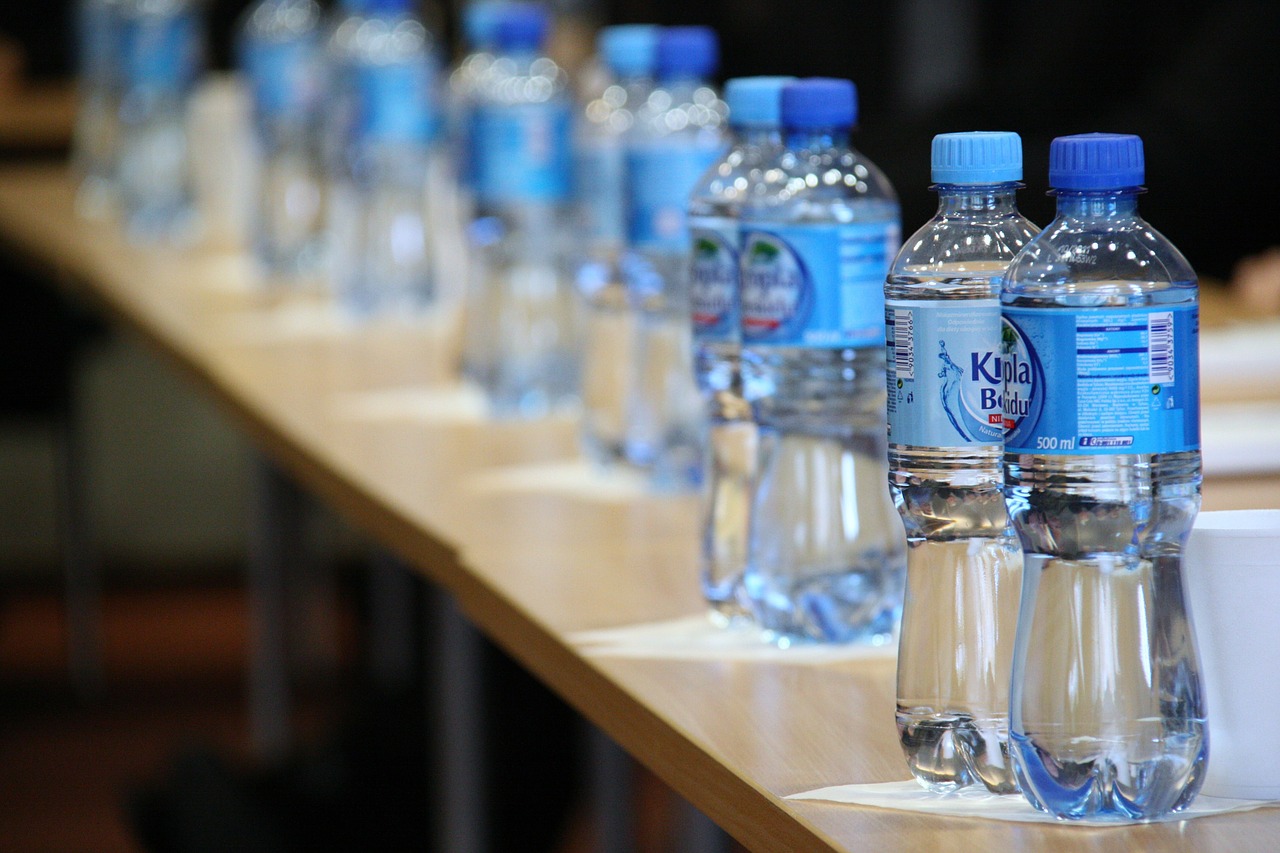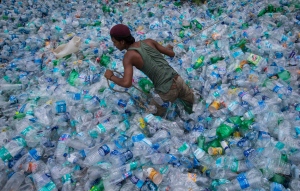All about Bottle Water
What is Bottle Water:
Bottle water/bottled water is drinking water stored in a bottle. These bottles
are usually one time use plastic bottles and come in various sizes from smaller
ones for carrying to larger one for water cooler use. The water can be
collected from a variety of sources like springs, aquifers, or municipal
supplies and the water may be treated to make it suitable for consumption.

Water Quality and Safety:
Bottled labeled as spring or mineral water, are not directly collected from community water supply source. This water may be collected from natural spring or underground sources and are treated with some form of disinfectant like ozone to kill bacteria. Mineral water is rich with dissolved mineral salts. Sometimes carbon dioxide is added to them for carbonation and fluoride for the prevention of dental decays. Other bottled water that is not labeled as spring or mineral water, may be from any source including community water supply source.
Although bottled water is usually disinfected to kill disease-causing microorganisms,
there are still bacteria present in most bottle waters as they are not intended
to be fully sterilized. So, bottle water can still cause illness if the water
is from a contaminated source and did not receive adequate treatments.
Also, if the bottle is made of polycarbonate plastic (PC), it may release small quantities of Bisphenol A to the water which is a harmful compound for human health. So, in order to ensure bottle water safety, the following guideline should be followed:
- Bottled water should be stored in a clean, cool and dry environment and out of direct sunlight.
- Once water bottles have been opened, the leftover should be refrigerated.
- Use bottled water that are made of polyethylene terephthalate (PET or PETE) or polyethylene (PE), which does not contain Bisphenol A.
- It is not recommended to refill old single-use bottles, because the reuse poses a potential microbiological risk if not cleaned properly. Also, there have been claims that polyethylene terephthalate (PET or PETE) plastic used in single use water bottles breaks down when used repeatedly releasing cancer-causing chemicals.
- It is not hygienic to share water bottles.
- The top/mouth of the bottle should be cleaned before poring/drinking from them.
- Water cooler that use bottled water should be cleaned regularly.
More on Plastic Water Bottle Safety
Environmental Impact:
Although all the plastic bottles are recyclable, they take 100s of year
to decompose. Usually all the plastic bottles are shipped to developing
countries for recycling, destroying and dumping; causing a huge amount of
greenhouse gas release associated with transportation and incineration.

Image Source: Plastic Bottles Pile in Mumbai. (Danish Siddiqui/Reuters)
Also, it takes a considerable amount of fossil fuel for plastic bottle production.
Some sources reported that it exceeds 17 million barrels of oil for plastic
bottle production in the US alone. The manufacturing process also release greenhouse
gas like carbon dioxide that contribute to climate change and global warming. In
addition, for every bottle of water that is produced, the Pacific Institute has
estimated that twice as much water is required for the production process. This
means for every liter of water sold, three liters of water are used (data
source: http://pacinst.org/publication/bottled-water-and-energy-a-fact-sheet/).
Also, a considerable energy is required if considering the overall life cycle
of a water bottle including the water bottle filling process, transportation,
storage, recover, recycle or dumping at the end.
Plastic Bottles Alternative:
So far carrying your own stainless steel water bottle is the best alternative
of plastic single-use water bottle. In addition, government of the developing
nations should concentrate in improving their water supply infrastructure and
quality. While for the developed counties where tap water quality is already
good, more water fountain and bottle refill stations should be built to
encourage reusable water bottle use.
Go back to the EcoAmbassador Home
Total Visits to Site: